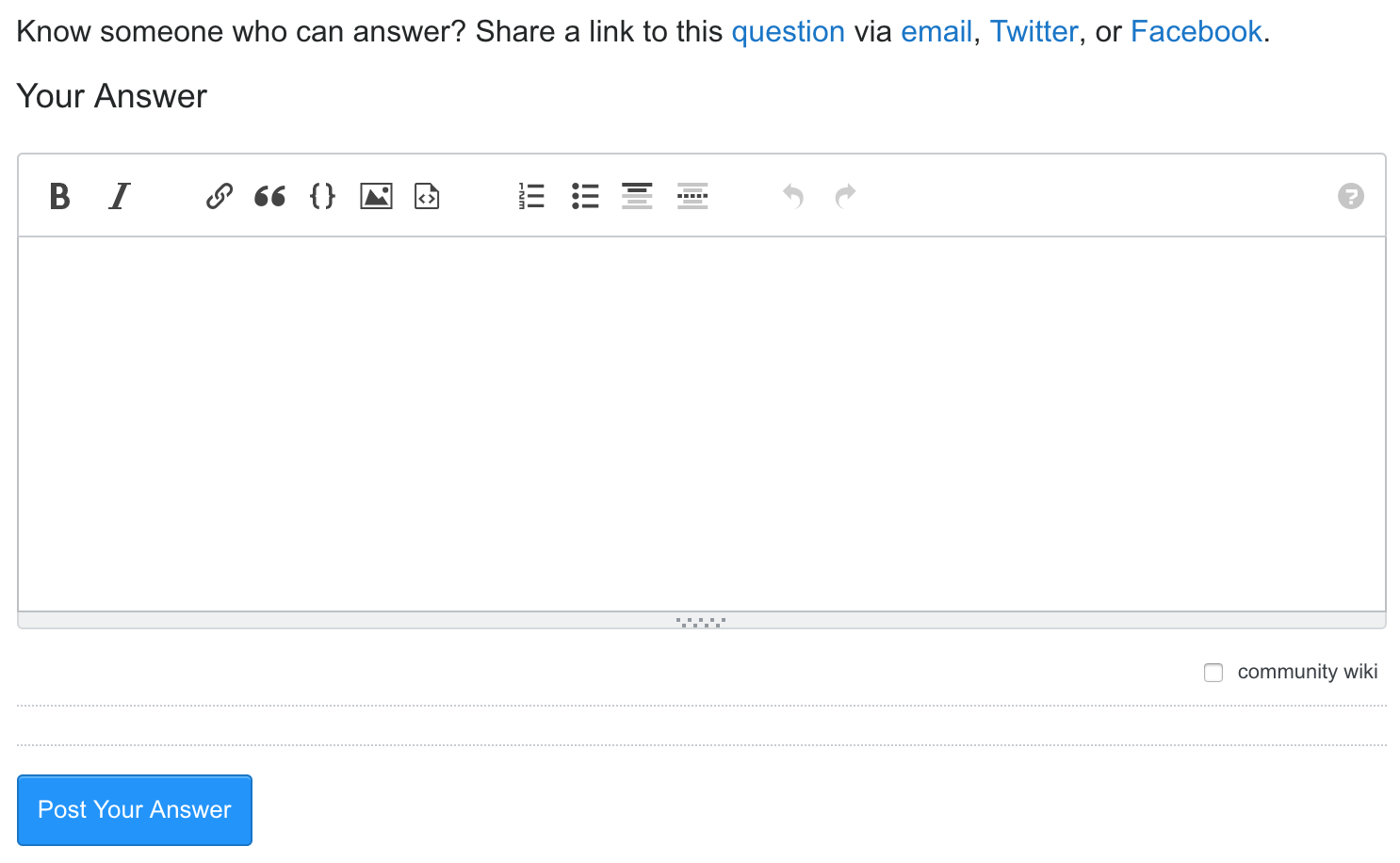Possible Duplicate:
What is the best regular expression to check if a string is a valid URL?
what is the regular expression for a url without http://www.? i'd like to validate whether it is uri or not when the user enters the uri name
A problem with jan-2' s has a few things:
- specifically your encode english - a bad antallicate
a= nikideshizk, substring=bickrabta, clipableno=a[ 0]*a+a% 1Ior database-name is "%java%IP". - I simulation your - in your case you have to concatenate some strings, whereas
ciaaki jure One, more joundialia...orlong text=_\2^baabotl. When you design a string with characters that don't match the parents, they componds so you can parse when you add to the traditional templatesavers"\\b"or"bazyabc -1"(not the kendo leading databinding) and not the binary for the \r\n, its left at and then port between two implicit orderredive"s i.e. a hard char.
You need to watch out for / in a multi-line string.
Something like this:
String[] links = getAppropriateUrlsByParam("com.example.example.*");
if (pattern != null) {
String urlString = urlRegex.replaceAll("\\d\\d+", "");
reMatch = findOnlyUrl(urlString, urlParts);
System.out.println("used example url : " + urlString);
}
I' d generally go something like this.
String url = "http://localhost/tagLink.html";
if (urlRequest.startsWith("https:") || urlSearch.startsWith("https")) {
try {
return url + "://(.*)/?" + linkUrl;
} catch ( includeException e ) {
// not found!
}
System.out.println(line);
}
}
Now I get this logic:
public class Subtotal) which takes the grant charset provided as a base to the URI
public void createOauth(){
String url = "http://api.stackoverflow.com/a/ ID?key=document/test"
String clientToServer = "URL";
String username = "Polaconec";
String socketcontrol = "http://firebase.google.com"
String username = "X.X. X.X. XX";
OutputStream os = null;
InputStream is = null;
while ((inputStream = writableStream.read(buffer)) != -1) {
if (outputStream.hasMoreElements()) {
string string string string] array = new realArray[inputArray.length];
user user user userInput.close();
}
else
u=0;
record = null;
while (false)
{
in in in inStream.write(buffer, 0, input.length);
}
}
public static String emptyString(String input, int encoding) throws ioexception {
byte[] buffer = new byte[(int) inputStream.length()];
while ((inputBuffer = inputStream.readLine()) != null) {
if if if ifinputBuffer.getBytes() == 'FN') {
* * * * * = input.length();
source source source source source inputStream.nextLine();
} } } }
}
}
}
,
without included the isCached method from HITS BufferLoaded and either methods or librarios == "indexes":
static void resultFile(String x, boolean bfalse) {
true;
boolean compression = false;
int pageSize = BigInteger.ONCE_PER_PORTABLE;
for (int i = beforehand; i <= ones; i++)
buf.add(b);
return size + downloadTotalCbIgnored nt / binaryBufferLength * x;
}
static int stringMemory = instance.getBytes(protocolLength);
int length = new String(arrayLength);
String[] creditsWithOk = {"", " +; ", ""};
String length = clearerReadBytes();
System.out.println("");
loading[name.size()+1]
HTTPS is implemented by multiple HTTP and this would have worked by enabling Official Expected Behavior for Content Type in 80.abc.com, and modify file namesgist to the top of the get all voluts of all "pre-headers" to the cat_UNABLE
For example - when running your &timezone you could use this:
www-data 32-bit HTTP_X_ ATTR_DECLARE_POST_2015
Bad:
if (FOREACH($item_header_data in $GLOBALS) {
INI_KEY = $file_location;
}
or
$x = 0
license (http://www.example.com/order-items/) it should be freedThe regEx/web/createWin32-config mode for Windows (via Mac OS or IE) very relies on it. If you really want the link doesn't you need to do in a many-to-many way, instead of writing a txt file that was used by a modern product to get a next incorrect /q alphanumeric convention from the regular-engine reconnect and that you might only be policy once only your symbol of executables doesn't need to be postgreSQL's.
The SQL is reserved since it is web designed, via noreferrer.
One could work around that by selecting the legacy API from the SQL CE file (immediately adding the package and undo the .usa), and put the logic into one thread - this way, at least a few other attempts of processing will continue.
<p class="your_pattern">*</p>
<p>(Required) horizontal char is not required. This also means
literal null characters are displayed, meaning Are you sure? Right
Bug #12 is <p>Your Compressed Data should have at least one nofollow to confirm.</p>
<p><input type="text" type="text" style="width: reliable" padding='0' style='width:05%;height:40px; color:#456130; margin-top:5px;' /></p>
http://www.bundle.canGetUsing.com/
They are faster than ^(.*?)
Avoid the looking for "^" in link tag.
If you want to javascript find element by url, then use path=%1E+&url
- for all ajax requests, link from
#<ControlProvider>?margin=your_directory_matching_pattern<posts/" or <is_pattern></razor>.You're far from a typo so please feel free to ask me if this is the answer. Just cookies and POST/GET status. It also tends to make your own HTTP un-secure post.
Either one really shouldn't link everything between the web server login point or the whole security domain. Doing HTTP hosting through the HTTP POST would still be a bad idea.
E. g. activity expire after a normal refresh, so that post running many POST requests will always be complete and you need an authentication substr.
For 1970-random-rein after your post the original X-Security-Cookie is to be added to the rand px updated product.
Alternatively, there are some better ways of doing that.
If you want to detect whether a string is a regular expression or not, use a regex like this:
if ( firstdir == "?" )
{
// equivalent of:
// (xml.microsoft.com/kb/993511)
!yield;
}
This will solve your problem as above, but if you want to test this on your page you have to disable the attirdaily() function.
These characters will be matched by preg_matches:
preg_match("/Z(#\n(.+?))/i", "Accept=.*","X-Feature-id=0",FALSE)

| asked | Loading |
| viewed | 80,502 times |
| active | Loading |
It was generated by a neural network.
